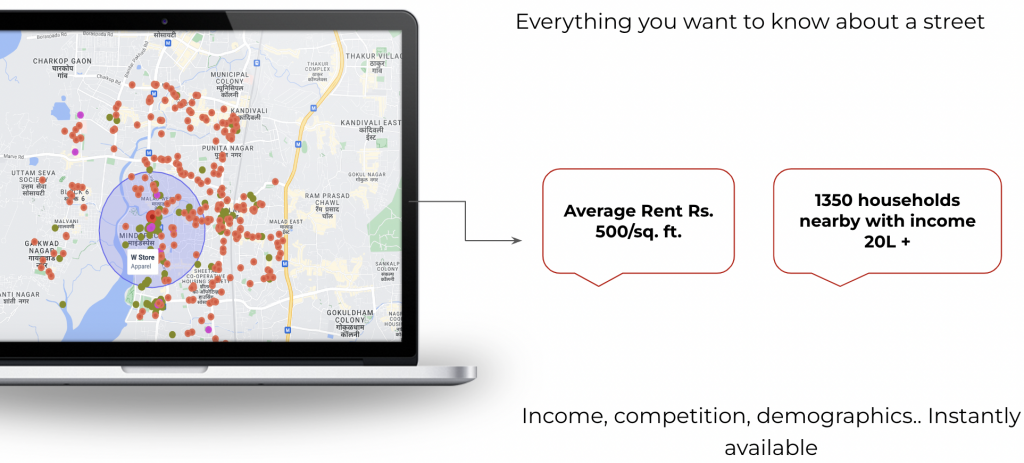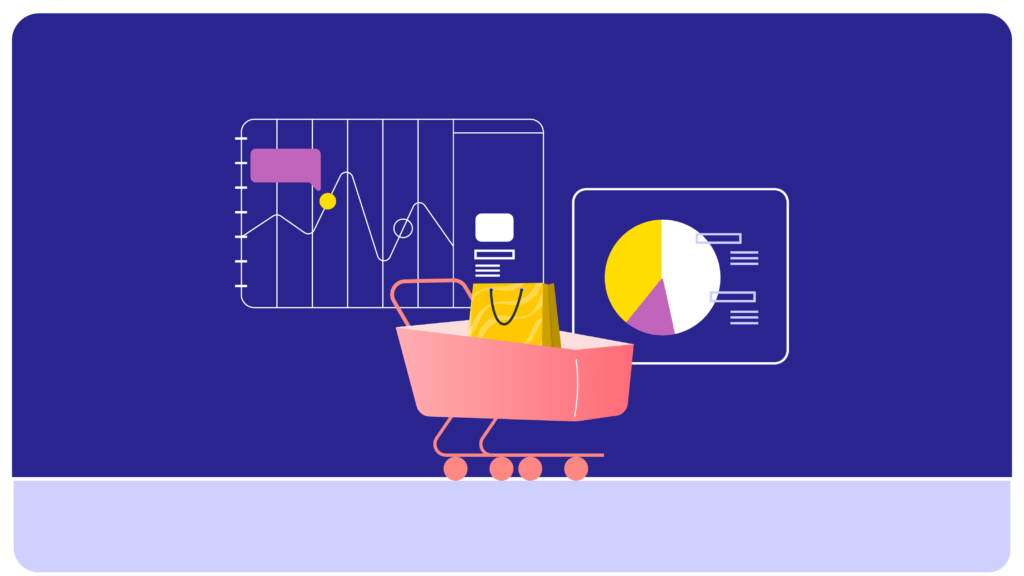In the rapidly evolving landscape of the retail industry, staying ahead of the competition is no longer just about having an appealing storefront or offering attractive discounts. Today, data has become the new currency, and smart retailers are harnessing the power of data analytics to gain valuable insights into consumer behavior, optimise operations, and boost profitability.
This article delves into the benefits of incorporating data analytics within the retail sector and examines its transformative impact on business operations.
Understanding Data Analytics in the Retail Industry:
Data analytics in the retail industry, often referred to as retail analytics, involves the systematic analysis of data related to sales, inventory, customer behavior, and other relevant metrics. This retail data analytics provides retailers with actionable insights that enable them to make informed decisions, streamline operations, and enhance the overall shopping experience for their customers.
Let’s walk through some of the advantages of data analytics in the retail industry:
1. Customer Understanding
One of the primary advantages of data analytics in the retail industry is the ability to gain a deep understanding of customer behavior. Retailers can collect and analyze data from various sources, such as online and in-store transactions, website interactions, and social media engagement, to create customer profiles and segment their audience. This insight allows retailers to tailor their marketing strategies and product offerings to meet the specific needs and preferences of different customer groups, ultimately improving customer satisfaction and loyalty.
2. Inventory Optimization
Effective inventory management is crucial for retailers to minimize costs and maximize profits. Data analytics helps retailers forecast demand more accurately, ensuring that they have the right products in stock at the right time. By reducing overstock and out-of-stock situations, retailers can optimize their inventory turnover rates and improve overall operational efficiency.
3. Personalised Marketing
Data analytics enables retailers to implement personalized marketing campaigns that resonate with individual customers. By analyzing past purchase history and browsing behavior, retailers can send targeted promotions and recommendations to customers, increasing the likelihood of making a sale. Personalization not only drives sales but also enhances the customer experience, making shoppers feel valued and understood.
4. Pricing Strategy
Dynamic pricing, which adjusts prices based on demand, competitor pricing, and other factors, has become increasingly important in the retail industry. Data analytics tools can monitor market conditions and competitor pricing in real-time, allowing retailers to optimize their pricing strategies for maximum profitability. This agile approach ensures that retailers remain competitive and adapt to changing market dynamics swiftly.
5. Fraud Detection
Retailers are susceptible to various forms of fraud, including payment fraud and return fraud. Data analytics can help identify fraudulent activities by analyzing patterns and anomalies in transaction data. Retailers can proactively detect and prevent fraud, protecting their revenue and reputation.
6. Store Layout Optimization
In physical retail, store layout as well as product placement can significantly impact sales. Data analytics can help retailers analyze in-store traffic patterns and customer behavior to optimize store layouts, product placement, and signage. This can lead to increased sales and a better overall shopping experience for customers.
7. Demand Forecasting
Accurate demand forecasting is crucial for managing inventory, staffing, and supply chain operations. Data analytics can analyze historical sales data, seasonality, and external factors like economic trends and weather conditions to predict future demand more accurately. Retailers can reduce excess inventory and minimize stockouts, improving efficiency and customer satisfaction. This proactive approach helps in launching new products or modifying existing ones to meet changing demands.

8. Competitive Advantage
In a highly competitive industry like retail, gaining a competitive advantage is essential for long-term success. Retail analytics provides the tools to stay ahead of the competition by identifying emerging trends, monitoring competitor activities, and making data-driven decisions. Retailers who leverage data analytics effectively can differentiate themselves and capture market share.
Conclusion:
In an era where data is abundant, the retail industry has embraced data analytics as a game-changing tool. The advantages of using data analytics in the retail industry are numerous, from gaining insights into customer behavior to optimising inventory and pricing strategies. Retailers who harness the power of data analytics can make more informed decisions, improve operational efficiency, and ultimately, deliver a superior shopping experience to their customers. In a world where the retail landscape continues to evolve, data analytics is the key to staying relevant and thriving in the competitive market.
If you’re in the retail industry, it’s time to consider how data analytics can transform your business and position you for success in the digital age. Embrace the data revolution, and watch your retail business thrive like never before with GeoIQ.
Discover how our innovative solutions are transforming businesses by reimagining the way they use maps. To know more about what we do check out https://geoiq.ai/in or reach out to us at rahul.yadav@geoiq.io or contact us at: +91 9971827226
